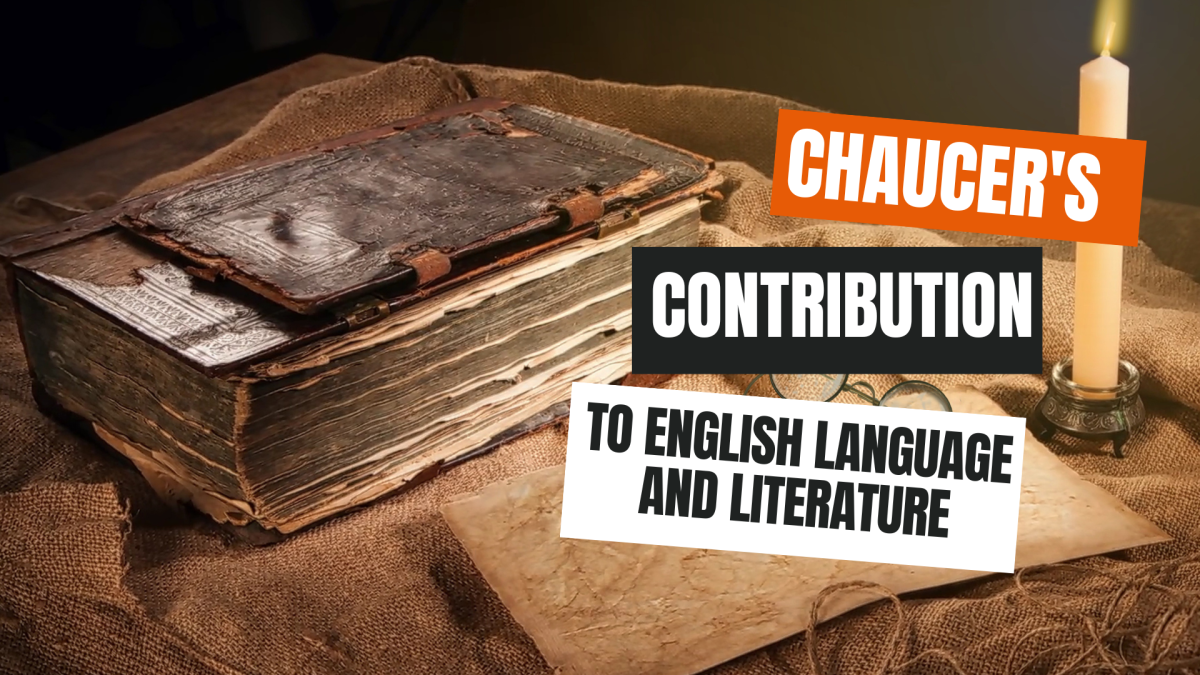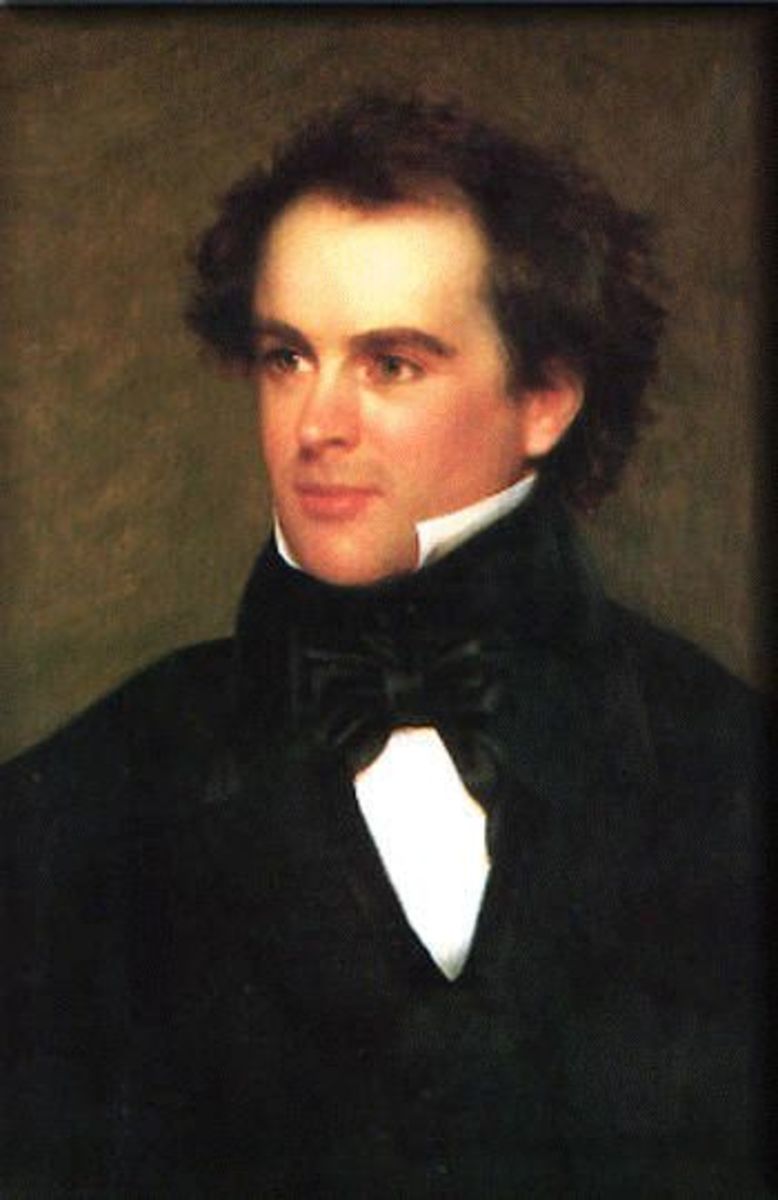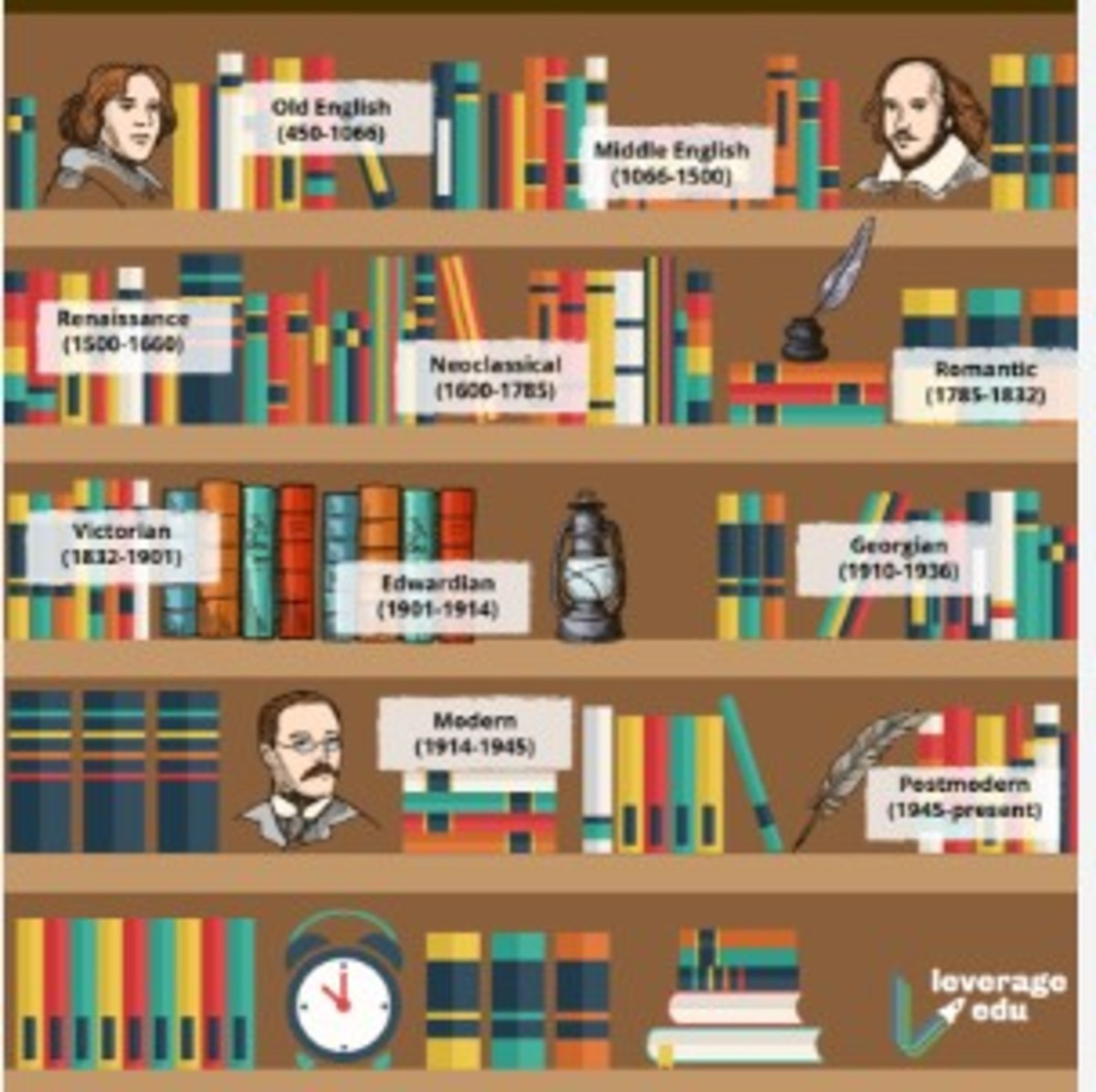Andrew Marvell... Not Such a Pervert After All!
A New Way of Looking at It
Andrew Marvell’s “To his Coy Mistress” has long been heralded by the literary community as a great work of literature. The obviously sensual poem has been interpreted many different ways by many different scholars; the conventional view that the speaker is merely trying to seduce the mistress for the sole purpose of sexual pleasure has lately come under fire by more conventional thinkers, who argue that the text was intended not to refer to sex solely as a means to gain pleasure, but primarily as the means for procreation. Robert Halli is one such critic, and in his article, “The Persuasion of the Coy Mistress,” he argues in a very logical sense for the procreation interpretation. Others have looked at the text and pointed out that it in many ways alludes to biblical passages, and could be a new interpretation of different passages of scripture. Mario D’Avanzo takes this view in his article in a 1978 article, “Marvell’s ‘To His Coy Mistress’”.
In his article, D’Avanzo takes a deeper look into the biblical references in the text. He points out the reference to the “Iron gates of Life” sounds much like the passage in Matthew in which Jesus is speaking to the disciples of the narrow and wide gates. He also sees time as a critical factor in the poem. “The flood and the conversion of the Jews, appearing at the beginning of the poem, anticipate to biblical allusion to timelessness and eternity” (D’Avanzo, 18). D’Avanzo likens sex and the pleasure we get from sex to eternity, drawing the connection in the poem that the speaker could be referring to sex as a way to “stop time,” in the sense that sex will make time seem non-existent in its conventional means.
Where D’Avanzo makes his points about how Andrew Marvell is trying to allude specifically to the bible in his poem, Robert Halli, in his commentary in Philological Quarterly, makes a case for an entirely different approach. Halli asserts that, where the contemporary view of this work was that it was a carpe-diem, seize-the-day poem where all that the speaker is looking for is pleasure from sex, the true reason for his lust and passionate urgings in this work is that he simply wants to have a child. Halli points out that, back in the context of the day in which the poem was written, sex outside of wedlock was extremely unconventional and frowned upon deeply by society in general. It would have ruined a woman’s reputation and what little social standing she had entirely. Halli points out that in that day pure pleasure was not the conventional reason for engaging in sex anyways, and it certainly would have been nowhere near the persuasive argument that a man would have made to convince a woman to sleep with him. In fact, the only real reason at all for sex was in fact for procreation.
Marvell makes other points, returning to the phrasing in lines 37-46 where there seems to be much repetition of the idea, “let’s have sex”. If the poem were read with the normal, sex-for-pleasure point of view, then it would seem that the general movement of the poem has stalled and become very redundant, far against Marvell’s forward and pressing style. However, if it were read with the point of view that Halli is arguing in mind, then it makes perfect sense and moves forward with a logical progression of ideas that include the sex act itself, the uniting of the germ cells, and the growth and birth of a baby. Halli also mentions the line in which Marvell says, “Let us roll all our Strength / and our sweetness, up into one Ball” (Marvell, lines 41-42). Halli points out that this could be a reference to the literal union of the sperm and egg cells into the fetus, which is curled into the fetal position, which happens to be a ball. The reference to the “Iron gates of life” is likened to the birth canal, in which context it is literally the gates of life. Where the poem talks about the sun standing still, Halli alludes to the story where Zeus makes the sun stop to make the night longer so that he can spend extra time making his son, Heracles.
Halli makes several good points in his commentary and D’Avonzo points out several good biblical allusions in his. These sources have both made an impression on how I have viewed this poem. In reading these commentaries, I have been struck with a few ideas of my own, involving both the assumptions of the authors themselves and on the material that they have been imparting. D’Avanzo makes several assertions that the speaker in the poem is making his poem a biblical allusion throughout, but several of his assumptions are stretches. Several times he alludes that sex itself is the lover’s salvation, which as Christians we know to be totally erroneous. He also makes note of the superior moral standings of the speaker, and yet operates under the assumption that he is trying to seduce her to an entirely adulterous relationship. These two obviously conflict. Despite these inconsistencies, we must keep in mind that this was written in the late nineteen seventies, a time in which many literary scholars were looking at this poem in the conventional sense of sexual pleasure, and yet felt a strong urge to connect it with the bible.
Halli makes his case in a far more meticulous manner than D’Avanzo, and this makes his case very easy to follow and understand. His ideas are novel, and, as I was reading them, I found that they make perfect sense. Many of the passages make more sense if read through this paradigm, and Halli also made reference to many cultural writings and other contextual documents that make certain passages which were previously difficult to understand much clearer and actually solidify the poem’s intent.
One assumption that D’Avanzo makes is that the speaker in the poem is trying to enter an adulterous relationship with this woman. I disagree with this, for an entirely logical reason. While most others who looked at this poem have taken the word “mistress” in its present day connotation of an unwedded partner, in context it could have simply been an endearing term or perhaps just a nickname for a wife. As Halli points out in his article, the poem certainly never expresses the notion that the two were not married. This has been a mark on the name of Andrew Marvell for centuries, that he was advocating adultery through this poem. If I understand correctly, the speaker could in fact be trying to coerce his wife into finally having a child with him. I also would like to point out that there is no mention of the speaker loathing virginity as he has often been portrayed before. At the end of the first section, he asserts that, “Lady, you deserve this state” (19). I understand this to refer to her virginity itself. The entire first section of the poem seems to me like a description of the love that the speaker has for the mistress. Admittedly it argues that there is not time enough for the love that he feels to be fully expressed, and it also seems to allude to the need for some legacy after the speaker is gone and dead.
In conclusion, I have read both of the commentaries and examined the text itself, and I find that this piece of literature seems to have been read incorrectly for many years. It makes far more sense and flows with the progressiveness that is attributed to Marvell if it is read with the point of view that the speaker does not want sex simply for pleasure, but to father a child and leave a legacy behind. The poem also fits better with the ideals of the day if in fact the two in the poem are married, and this also makes the commendable virtue of the speaker to which D’Avanzo alludes more credible, as he seems to greatly value chastity before marriage. This work itself is a great masterpiece of literature, and, through a new understanding of its material and implications, I expect that future generations can appreciate it as well.
Sources
D’Avanzo, Mario. “Marvell’s ‘To His Coy Mistress’.” Explicator 36.2 (1978): 18-19.
Halli, Robert W., Jr. “The Persuasion of His Coy Mistress.” Philological Quarterly 80.1 (2001): 57-71.
Marvell, Andrew. “To His Coy Mistress.” The Bedford Anthology of World Literature: The Early Modern World, 1450-1650. Ed. Paul Davis, et al. Vol. 3. Boston: Bedford/St. Martin’s, 2004. Pages 116-117. 3 vols.



